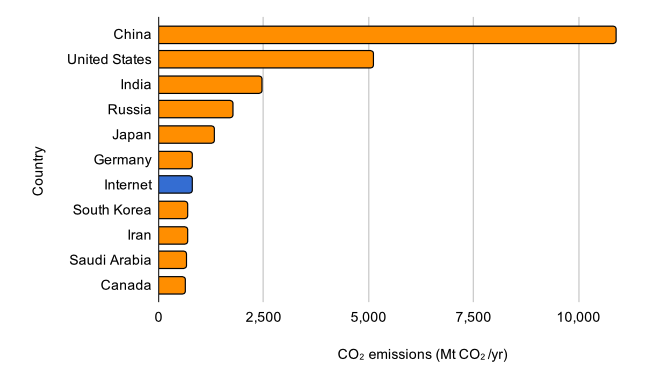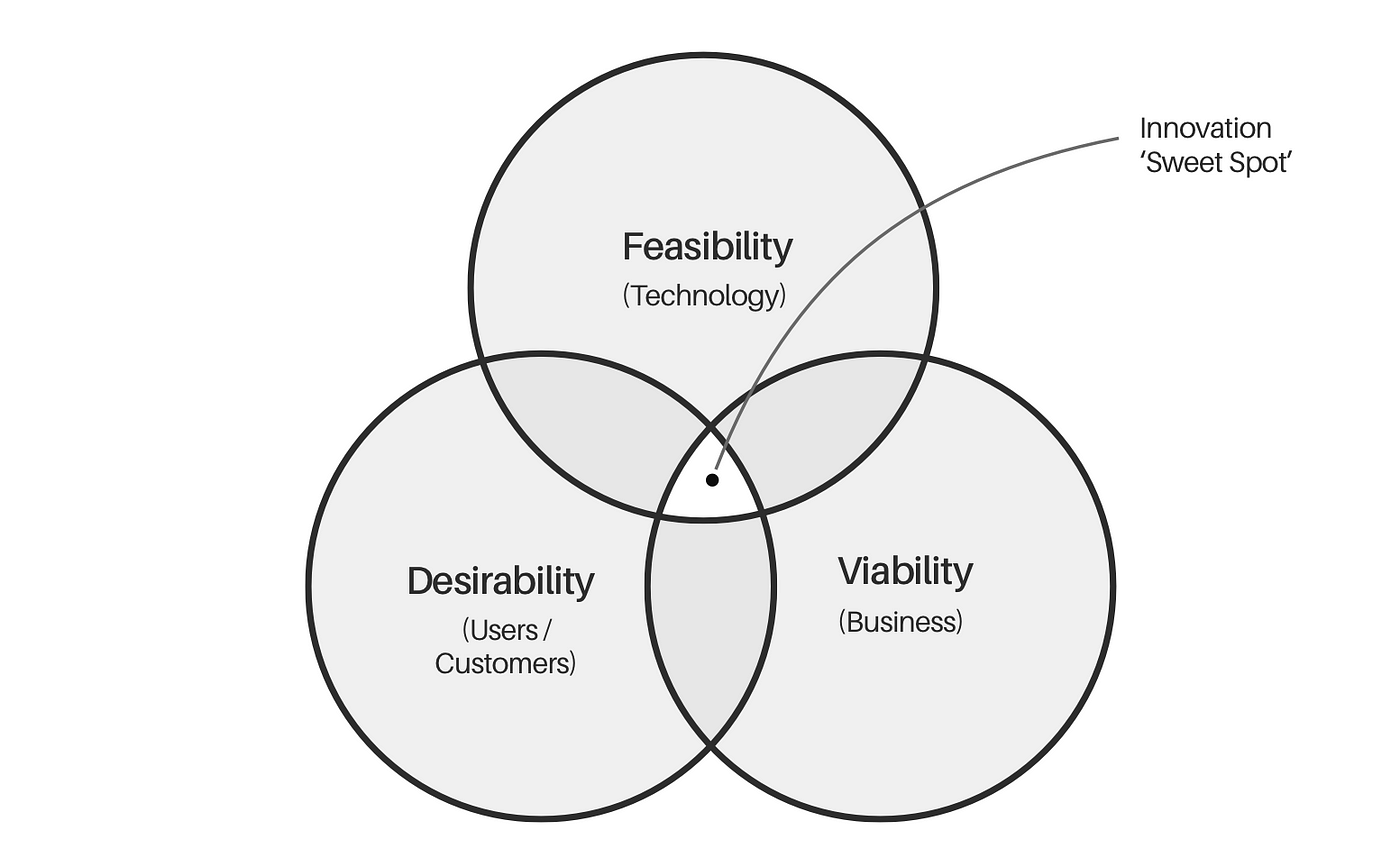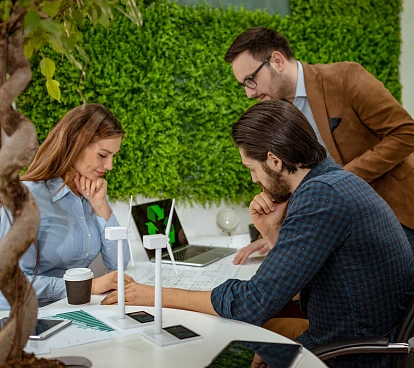
Sustainable by Design
July 12, 2023
"Reaching zero emissions will be the hardest thing humans have ever done. We need to revolutionize the entire physical economy: how we do things, move, generate electricity, grow food, and stay warm and cool, all within three decades."Bill Gates. The Year Ahead 2023
The great challenge of the next three decades
To keep global warming below 1.5°C, as established in the Paris Agreement, emissions need to be reduced by approximately 45% by 2030 and achieve net zero by 2050.
However, with current policies, projections indicate a temperature increase of 2.8°C by the end of the century. We are in a climate emergency with dramatic consequences, and we must take action.
In the words of the IPCC: "Every increment of warming matters, and the risks associated with higher temperatures rise rapidly. More intense heat waves, heavier rainfall, and other extreme weather events exacerbate risks to human health and ecosystems. In all regions, hot extremes are causing increased deaths. Climate-related risks to food and water security are projected to increase with further warming. When such risks interact with other adverse events like pandemics or conflicts, it becomes even harder to manage them."
As Bill Gates aptly describes, it is an enormous challenge, "the hardest thing humans have ever done."
Digital does not mean emission-free
Contrary to popular belief, digital technologies have a significant impact on emissions.
A 2018 article published in the Journal of Cleaner Production estimated that communication technologies will consume 14% of global electricity by 2040, compared to just under 4% in 2020.
If the Internet were a country, it would be the 7th most polluting (2018 data).

What can we do from a design perspective?
In this scenario, how can we contribute? What best practices should we adopt to reduce emissions in our activities? How can we assist our clients in their sustainability goals? What design decisions should we incorporate into projects to reduce the carbon footprint of the products and services we design?
In late spring 2022, at SNGULAR Design, we asked ourselves these same questions. To find answers,, we formed the Design and Sustainability Working Group and started working.
From the beginning, it was clear to us that one of the first challenges we, as a team, had to address was the climate crisis.
In addition to learning how to orient our projects to help our clients achieve decarbonization objectives, our initial goal was to calculate, reduce, and offset our own carbon footprint.
In total, to achieve net-zero emissions, we needed to offset 78 tons of CO₂ equivalent per year for a team of 55 people.
If you're curious about how we calculated and offset our carbon footprint, we explain the process in this talk and this article. In another article, we detail how we offset our footprint for the entirety of 2023.
Design is the solution
Of course, we didn't stop there. Calculating and offsetting our carbon footprint is an exercise in responsibility, but as a team that helps other companies tackle their challenges, we can (and must) do much more.
Specifically, we can make a significant impact through design. Taking inspiration from the title of Nathan Shedroff's highly recommended book, we believe that Design is the solution or, at the very least, must be an integral part of the solution. How?
From HCD (Human-Centered Design) to PCD (Planet-Centric Design)
As designers, we have a responsibility to equip our teams and clients with the mindset, methodologies, and strategies necessary to succeed in designing solutions to the challenges they face.
Design methodologies, specifically Human-Centered Design, have worked well in putting people at the center and creating innovative solutions by following IDEO's three requirements model from the early 2000s.

Unfortunately, these three requirements—Desirability, Viability, and Feasibility (People, Technology, and Business)—do not consider the environmental and social impacts of a solution.
Without integrating these impacts into research and proposal development, these crucial factors risk being, at best, added later in the process, and at worst, completely overlooked.
As mentioned earlier, the climate crisis compels us to take action. We must add a fourth requirement: considering the environmental and social impact of a solution from the outset.
We must transition from Human-Centered Design to Planet-Centric Design.
Sustainable by Design
By applying Planet-Centric Design methodologies, we can ensure that the products and services we design incorporate sustainability from the beginning. This will make them better solutions, more competitive, and more likely to succeed and endure in the market. Sustainable solutions by design,
At SNGULAR Design, we firmly believe that this is the path forward. Shall we embark on this journey together?
Our latest news
Interested in learning more about how we are constantly adapting to the new digital frontier?

Insight
February 5, 2025
Pharmaceutical tenders: top 5 obstacles and how to overcome them

Tech Insight
January 13, 2025
How to bring your application closer to everyone

Insight
December 10, 2024
Groundbreaking technologies today that will reshape the innovation landscape in 2025

Insight
December 3, 2024
Sustainable Development: Minimizing Digital Footprint and Optimizing Consumption
